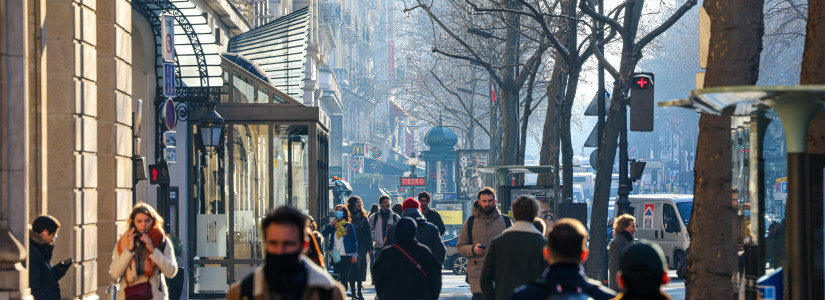Auto Costs Are Increasing: Save Money with These Important Tips
On Wednesday, May 5, the U.S. Federal Reserve raised an important interest rate to a level not seen in more than 20 years because of record-setting inflation impacted by the COVID-19 pandemic, supply chain disruptions, the crisis in Eastern Europe, higher-than-normal fuel and energy prices and other factors. This change is expected to deepen current negative automative trends. Middle- and lower-class drivers might not be able to afford new or possibly even used vehicles.
As estimated by the U.S. Bureau of Labor Statistics, new car prices have increased by 12.5% since last year. Used car prices have increased 35.3%. Several recent reports place average sales prices at more than $45,000 for new vehicles and $30,000 for used ones. Gone are the days of average monthly lease payments ranging between $250 and $400 a month for new vehicles and lower payments for used ones. Instead, Edmunds.com estimates that consumers can expect to pay $650 per month for new vehicles and $544 for used ones on average even with a six-year lease. These amounts also don't include the increased costs for fuel, parts and maintenance.
Given all of these factors, it's more important than ever to find ways to save money when owning an automobile. Read on to learn top savings tips:
Use Caution at The Pump
If you own a gas-powered vehicle, then you need to consider ways to reduce daily, weekly and monthly fuel costs. Several apps and websites designed to save people money when refueling provide near-real-time, comparison prices for local gas stations, including AAA TripTik Travel Planner, GasBuddy, MapQuest and Waze. Some apps and sites offer discounts for people who sign up for free or invest in a subscription service. You might also choose a gas station that's linked to the store where you primarily shop for groceries since you can earn rewards to apply as a discount at the pump.
After picking a gas station, it's important to pay with cash, a no-fee, rewards debit card or a 0% interest, rewards credit card. Some gas stations offer customers who pay with cash a discount because the owners don't want to pay card transaction processing fees. If you decide to use a debit or credit rewards card, you can save money by not paying interest and receive cash back.
Lighten The Load Everywhere
Many people drive around with a lot of unnecessary items inside of or on the roof or back of their vehicles. Traveling with all of these items, such as car seats and toys when transporting with children, sports gear when not visiting a gym, a bike or surfboard when not enjoying related hobbies and even a rooftop cargo carrier, increases vehicle weight and airflow drag. As a result, you must use more gasoline to keep the car moving than if you only carried these items when needed.
You also need to become more aware of how you apply your foot to the gas pedal and brake. Stopping and starting often in traffic, sudden acceleration and a long period of speeding can burn through a lot of fuel. To save money by using fuel efficiently, turn on cruise control on flat highways where the onboard computer can best select when to make your vehicle accelerate. If you're at the top of a hill or approaching a yellow or red light at an intersection, take your foot off the gas pedal. Gravity can make the vehicle coast for a bit, and you don't need to speed up when approaching a light that's indicating you should slow down or stop.
Adopt New Travel Habits
Whenever possible, you should search for opportunities to reduce or share fuel and vehicle maintenance costs. If you can't travel via a non-fuel transportation method, such as a bike or skateboard, use public transportation. If that's not feasible, travel with other people in your social or work bubbles who are traveling in the same direction or to the same place. If you need to drive alone, then reconsider all of your "normal" driving behaviors.
For example, pick a parking space in a non-used area of a parking lot instead of wasting gas driving down aisles, looping back to the same spots or idling while searching or waiting for a parking space closer to the front doors of a property, especially if you have the air conditioner or heater running. Additionally, always search for shorter routes that have few hills or obstacles like construction. When you must travel long distance, ascend hills or start and stop a lot near a construction area, you use more fuel. Several gas station and map apps and websites actually provide a fuel efficiency route recommendation function.
Things to Keep in Mind
Prices for vehicles and related fuel, parts and maintenance and repair services are expected to continue to increase until possibly the middle of next year or longer. If you must drive, following these tips can help you lower costs immediately and keep them low until prices decrease again to nearly pre-pandemic levels.












